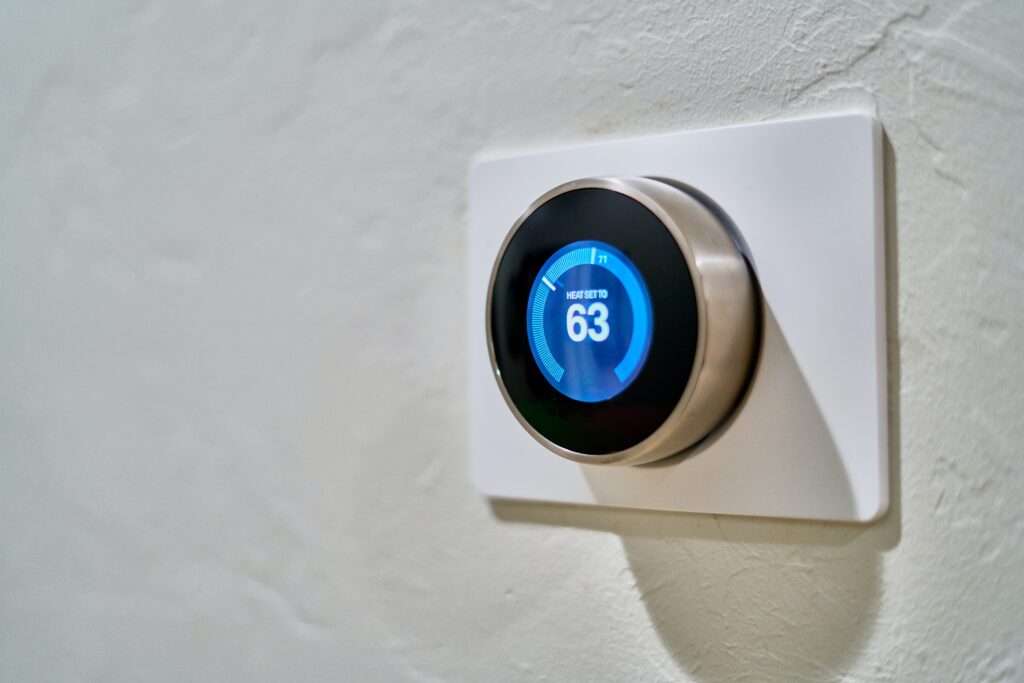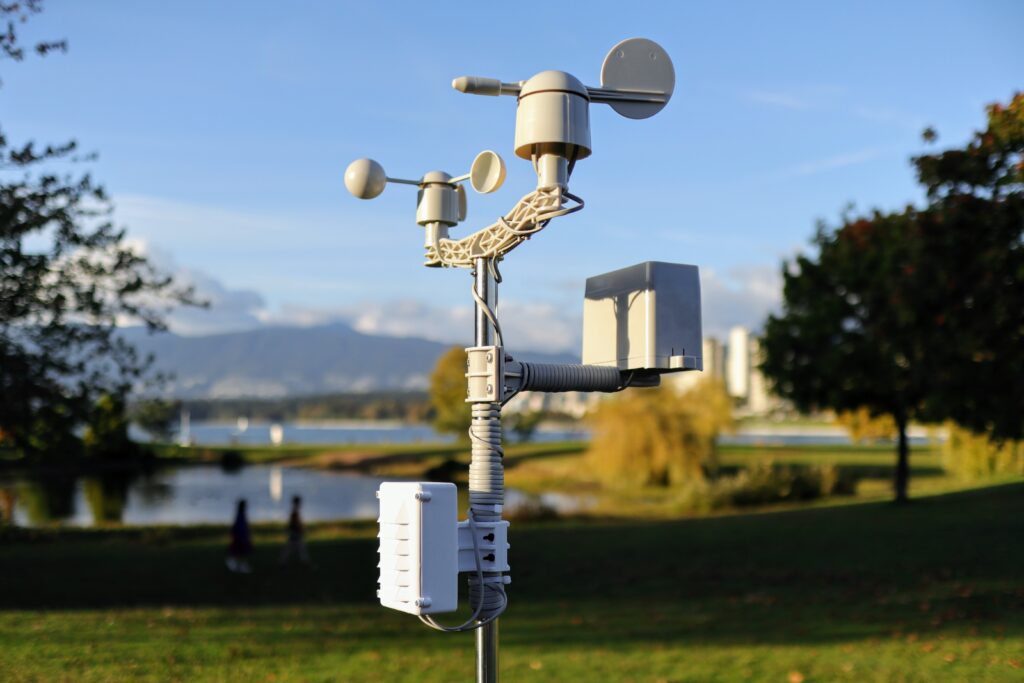The Internet of Things (IoT) has already transformed the way we live and work, connecting billions of devices to the internet and enabling smart, data-driven decision-making. But what’s the next big leap in IoT? In this article, we explore the emerging trends and technologies poised to reshape the IoT landscape in the near future.
Edge Computing: Bringing Intelligence Closer to Devices

Empowering Devices with On-Device Processing
Edge computing is set to revolutionize IoT by shifting data processing and analytics closer to where data is generated. Instead of sending all data to the cloud, IoT devices will have onboard processing capabilities, enabling real-time decision-making. This reduces latency, improves reliability, and enhances privacy.
5G Connectivity: Enabling Ultra-Fast IoT
A Quantum Leap in Connectivity
The rollout of 5G networks is a game-changer for IoT. With dramatically increased bandwidth and lower latency, 5G enables IoT devices to transmit and receive data at unprecedented speeds. This opens up possibilities for applications like augmented reality, autonomous vehicles, and massive IoT deployments.
AI and Machine Learning Integration: Smart IoT Devices

From Data to Insights
AI and machine learning are becoming integral to IoT, allowing devices to learn, adapt, and make decisions autonomously. Smart IoT devices can analyze data locally, recognize patterns, and respond intelligently. This paves the way for predictive maintenance, personalized user experiences, and more efficient resource utilization.
Blockchain for IoT Security: Ensuring Trust and Transparency
Securing the IoT Ecosystem
Blockchain technology is addressing IoT’s security and trust issues. By creating tamper-proof, transparent ledgers of IoT device interactions, blockchain enhances data integrity and authentication. This is particularly crucial in sectors like healthcare, supply chain, and critical infrastructure.
IoT in Healthcare: Revolutionizing Patient Care

Connected Healthcare Ecosystem
IoT is poised to transform healthcare by enabling remote patient monitoring, wearable health devices, and smart medical equipment. These advancements enhance patient care, reduce hospitalization rates, and empower individuals to take control of their health.
Environmental IoT: Combating Climate Change
Sustainability through IoT
IoT is playing a pivotal role in environmental conservation. Smart sensors, combined with data analytics, monitor air quality, water resources, and energy consumption. This data informs sustainable practices, mitigates climate change, and improves disaster response.
IoT in Agriculture: Precision Farming for Sustainable Food Production

Farming 4.0
Precision farming, driven by IoT, optimizes crop management. Smart sensors monitor soil conditions, weather, and crop health, enabling farmers to make data-driven decisions. This leads to higher yields, reduced resource usage, and more sustainable agriculture.
IoT in Smart Cities: Enhancing Urban Living
Connected Urban Infrastructure
Smart cities leverage IoT to enhance urban living. Smart traffic management, waste management, and energy-efficient lighting improve quality of life, reduce congestion, and promote sustainability.
Conclusion: A Connected and Intelligent Future
The next big thing in IoT is an interconnected, intelligent, and secure future. Edge computing, 5G connectivity, AI integration, blockchain security, and IoT applications in healthcare, environmental conservation, agriculture, and smart cities are driving this transformation. As these technologies converge, IoT will continue to empower individuals, businesses, and society as a whole, offering unprecedented convenience, efficiency, and sustainability.
FAQs
1. What is edge computing, and how does it enhance IoT capabilities?
- Edge computing empowers IoT devices with on-device processing, enabling real-time decision-making and reducing latency. It enhances IoT by bringing intelligence closer to devices.
2. How does 5G connectivity impact IoT, and what are some potential applications of ultra-fast IoT data transmission?
- 5G networks revolutionize IoT by providing higher bandwidth and lower latency. This enables applications like augmented reality, autonomous vehicles, and large-scale IoT deployments.
3. How is AI and machine learning integrated into IoT, and what benefits does it offer?
- AI and machine learning are integral to IoT, allowing devices to analyze data locally, recognize patterns, and make autonomous decisions. This leads to predictive maintenance, personalized user experiences, and resource optimization.
4. Can you explain how blockchain enhances IoT security and trust?
- Blockchain creates tamper-proof ledgers of IoT device interactions, ensuring data integrity and authentication. It addresses security and trust concerns, particularly in sectors like healthcare and supply chain.
5. What are some real-world examples of IoT applications, such as in healthcare, agriculture, and smart cities?
- IoT applications in healthcare include remote patient monitoring, while precision farming in agriculture optimizes crop management. In smart cities, IoT enhances urban infrastructure through applications like smart traffic management and waste reduction.

